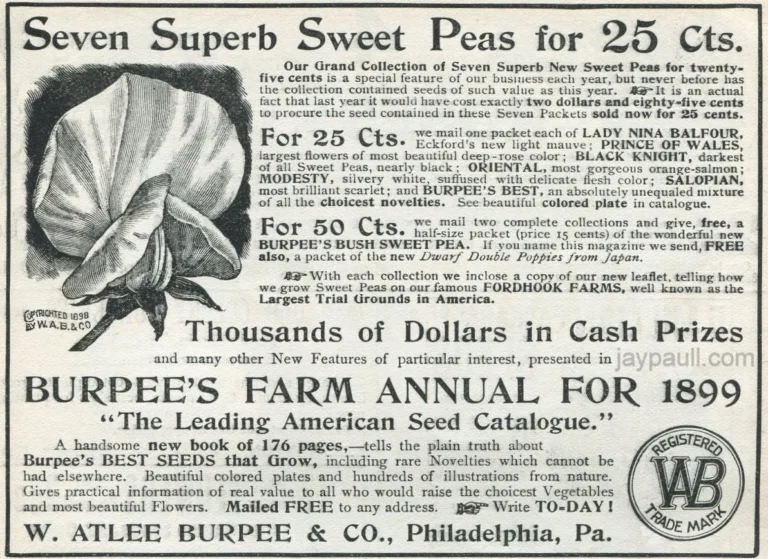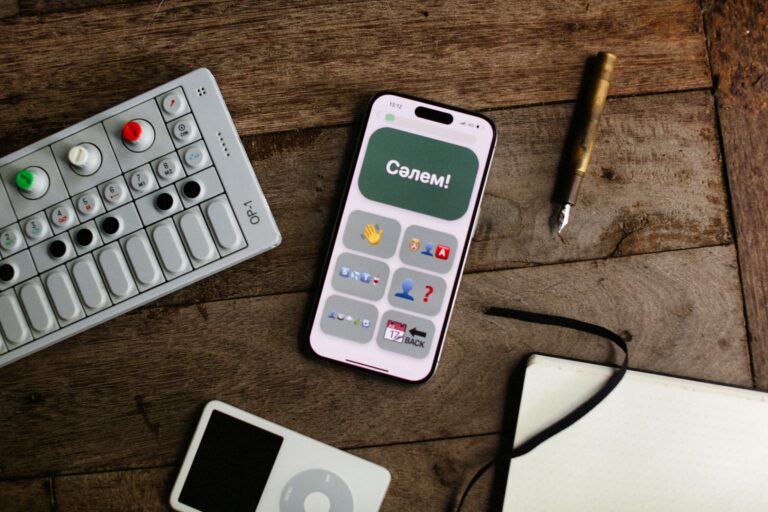
9. Case Studies: Winning in Commodity Categories
A. Oatly
Oatly made oat milk mainstream by being loud, quirky, and unapologetically different. Their packaging doesn’t even show milk—just typography and personality.
B. Harry’s Razors
Instead of competing with Gillette on features, Harry’s sold simplicity, clean design, and a subscription experience. They rewrote how people buy razors.
C. Chobani
Yogurt is another commodity-esque category. Chobani scaled by emphasizing natural ingredients, investing in packaging, and aligning with health-forward lifestyles.
Each of these brands didn’t win because they had “better” products. They won because they felt better to buy.
10. Final Thoughts
Marketing in a commodity space is about identity, not just utility. When a product can’t speak for itself, the brand must do the talking. Whether it’s through purpose, packaging, storytelling, or community—what you build around the product is what people truly buy.
If you’re in a commodity space today, don’t ask how your product is different. Ask how your brand experience can be different.
Because in a sea of sameness, a strong brand isn’t just smart—it’s necessary.


